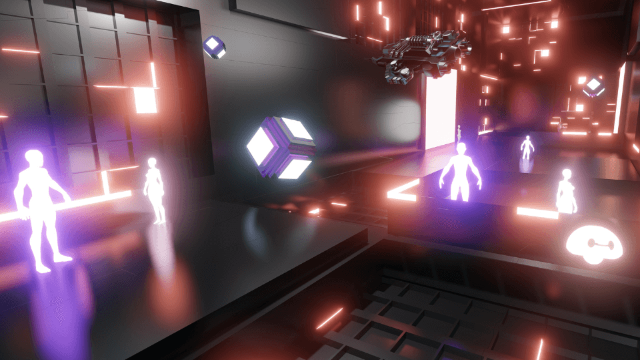
Jul 4, 2024
Flying theaters sit at the intersection of entertainment and leisure, design and engineering, and storytelling. The journey begins with the dream of a flight that looks like it takes place effortlessly, and travels through the process of taking this dream and building a flying theater from it while merging creativity with expertise. Bringing these exciting multisensory experiences to life is increasingly the job of companies like DOF Robotics, who are on the leading edge of turning from concept to reality with precision and innovation. Here we take an in-depth look at this arduous process of creating a flying theater from scratch -from the inception of an idea to entrance into the magical world of themed entertainment storytelling.
Design and Engineering: The Blueprint of Imagination
Flying theater creators: The Dream with Wings. The concept for any flying theater starts in the imagination, but making it into a reality is a courtship between designers and engineers. During the embryonic phase - what story the flying theater will tell, and how this narrative can be expressed through an excitingly physical rider experience The designers collaborate with the engineers to plan the structure of theater, programming in motion, gravure of the screen and sound systems that together build an immersive multimedia storytelling experience.
Engineering ingenuity is catalytic in promoting the design team's creative ideas and surgically bringing them hands-on. Examples of advanced simulation technology include virtual reality, which can help to visualize the space and iterate on the design elements until both have proven to be feasible and safe. Engineers must also account for the dynamics of rider capacity, not just to distribute the weight and movement of the audience but also for an unhampered view from all directions. Employing an iterative design and engineering process, the team translates the storyboard into a blueprint, to establish a foundation for the project development phase.
Project Development: The Art of Thematic Storytelling
After receiving the designs and engineering blueprints, the project development phase begins This essential phase breathes life into the narrative; through thematic storytelling and the selection of technical elements that together build a world in which the guests are immersed. Creative directors and scriptwriters work with specialists in technical fields to direct a narrative that fits well within the physical constraints of the theater design. A team of animators and sound engineers develop content immersing the viewers and responding directly to the movements of the seats and the surrounding environment.
Different types of motions need to be paired with the visual and auditory experience to develop believability and affect. The experience unravels with total fluidity and richness, ensconced in natural motion that coaxes your imagination and storytelling. Things like wind, water sprays, smells, and lighting effects are all skillfully incorporated with technology designed to make the experience more believable. And this thematic storytelling does not stop with the show itself, it even continues in the line and later the exit pathway of the event, creating a non-stop immersive experience around every corner.
The Construction Process: From Groundbreaking to Grand Opening
Starting the Actual Building Once everything is done, it is time to start creating. This is where it finally becomes something tangible. This is taken up by the construction team who follow the detailed plans laid out during design and engineering, laying foundations and then constructing the dome or screen if needed, installing all of the complex audiovisual equipment required to make everything come to life in such a way that you can feel like you are a flying theater.
All of these are anchored by the ride system, which is generally moving platforms that mimic flight. This installation is proof their designers as well as engineers at DOF Robotics are true professionals both regarding functionality and quality. All parts have to meet strict safety regulations as well as confirm that the ride will be totally worth it. After construction, an even more rigorous testing phase starts to verify every element works together and that the ride functions as intended.
Now, at long last, after many months and potentially even years of planning, engineering, developing, and constructing - the flying theater is complete. That launch is much more than just the unveiling of a new ride; it signals the end of thousands upon thousands of hours of dedicated work by a team with far-reaching skills combining creatives, engineers, and construction professionals. When guests climb aboard the flying theater and take off to the skies, they are no longer just on an exhilarating; they are being thrust into a story that has transitioned from concept to reality.
A flying theater is a tribute to human creativity and narrative. It shows how lofty initiatives make reality something tangible, taking people to other lands. It feels like a story straight out of sci-fi but companies such as DOF Robotics are the innovative trailblazers who take these flights of fancy and transform them into jaw-dropping reality, always striving for the borders of what can be achieved in the theme park sector.